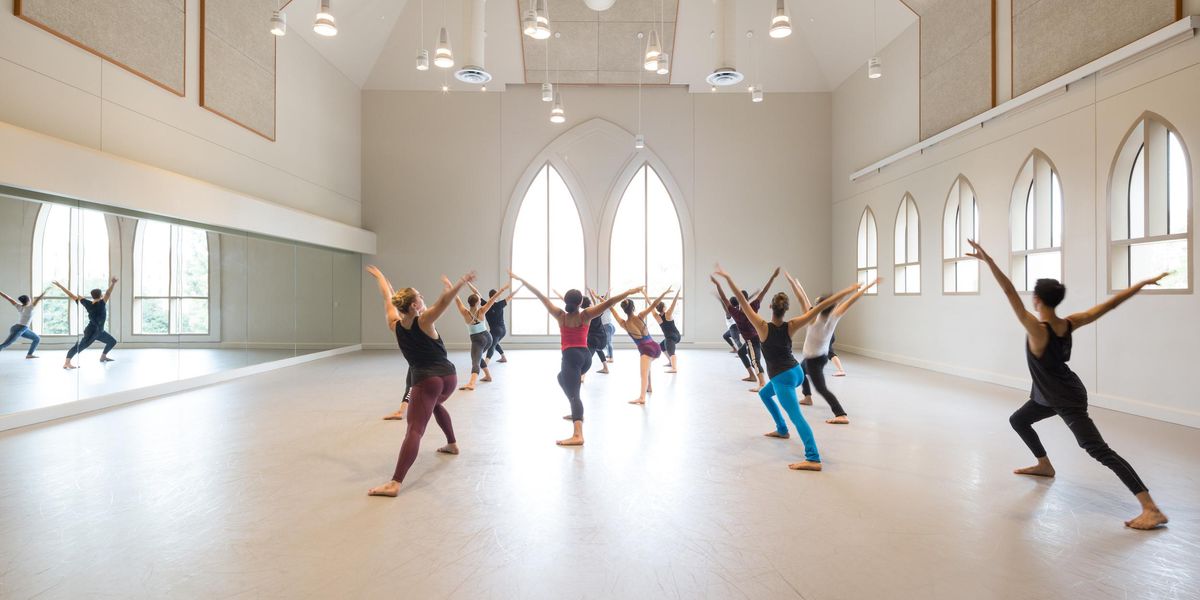Advice for Dancers
I’m overwhelmed by trying to figure out the best way to get a job as a professional dancer. How and where do I audition? I do ballet, jazz, modern, and musical theater. I can also sing and act a bit. Do you know of any job directories, especially in Europe? – Sharon, Queens, NY
Congratulations! It’s great that you feel able to take the leap from student to professional. To make a favorable impression, you need to have a winning audition package and find a way to manage your nerves (deep breaths and smiling help). First, make sure your materials market your unique strengths, such as the ability to perform multiple techniques. Add singing and acting at the bottom of your resumé under Special Skills, unless you’re auditioning for a musical, in which case they should be more prominent. In addition to your one-page resumé, you’ll need a cover letter, two current photos (headshot and body shot), and a short DVD. For more details, check out my page “Is Your Resumé in Shape?” (www.drlindahamilton.com/wellness-tips/wellness-tips-resume.html). In terms of auditioning for a European company, the best time is in the fall when contracts are renewed. Email your materials to companies that interest you to see if they would like you to audition in person. I also recommend that you broaden your approach to the U.S. and other places around the world, since you never know where there will be an opening. To find out about current auditions for all types of dancers, log on to Network Dance (www.networkdance.com/dance-ballet-auditions). Also check out Dance Magazine’s annual auditions guide every February (www.dancemagazine.com/auditions) and jobs guide every March.
My doctor recently diagnosed me with “patellar malalignment.” I feel pain in the front of my knees during steps like fondu, where I bend and straighten my standing leg. It also hurts when I walk downstairs or sit at the movies. She sent me to physical therapy and said to avoid doing whatever feels bad. Why did this happen? – Chris, London, England
Typically, the kneecap rides in the center of a groove in the front of the knee. In some dancers it drifts to the outside, causing pain. Several factors can make you prone to this problem: having weak thigh muscles, being hypermobile, dancing before you’re back in shape, forcing turnout from the knee, or undergoing a growth spurt where an imbalance develops between your muscles and your bones. Jumping can add to the pain of patellar malalignment, but unfortunately for you, it’s a major part of dancing: Research shows that ballet dancers perform around two hundred jumps in a typical technique class. Modern dance’s quick changes off center are also challenging. Luckily, PT can help by strengthening the four muscles in the thigh to realign your kneecap. The small muscle on the inner side of the knee (the VMO, or vastus medialis oblique) is particularly important, since it pulls the kneecap into the correct position. Until you are sufficiently strong, your therapist may want to use taping for extra protection. I’m glad you’re taking this seriously. Ignoring an extreme case of malalignment can result in the kneecap popping out of the joint.
Should I be worried that my daughter, who’s a serious dancer, now aspires to be in a reality show like Breaking Pointe? Part of the magic of ballet for me has always been a live performance, first as a dancer, and now as an avid member of the audience. I worry that the art form she loves so much will lose its mystery if people know about the struggle we go through to put together a beautiful performance. They don’t do reality shows about making movies, where I’m sure the stress gets to many actors. Why do it with dance? – Susan, Salt Lake City, UT
I don’t think you need to worry. Dance is a hot item right now, whereas movies have always had mass appeal. I agree that reality dance shows are a sensitive topic. Yet I haven’t heard any major complaints about companies that allow cameras backstage, or adult dancers entering competitive shows, so your daughter should be safe. Unlike highly contentious programs that push young dancers to compete when they are visibly distraught or injured (the opposite of healthy teaching practices), shows like Ballet West’s Breaking Pointe or English National Ballet’s Agony & Ecstasy simply let the audience see what a dancer’s life is like behind the scenes. A reality show may also benefit dancers’ feelings of self-worth, and it can attract new participants as well as viewers. My hope is that the growing mass appeal of dance in television and in movies—even controversial ones such as Black Swan—will help fill seats in the theater. This will ultimately be an asset for your daughter, as well as for the art form.
Former New York City Ballet dancer Linda Hamilton, Ph.D., is a psychologist in private practice, the author of Advice for Dancers (Jossey-Bass), and co-author of The Dancer’s Way: The New York City Ballet Guide to Mind, Body and Nutrition (St. Martin’s Griffin). Her website is www.wellness4performers.com.




